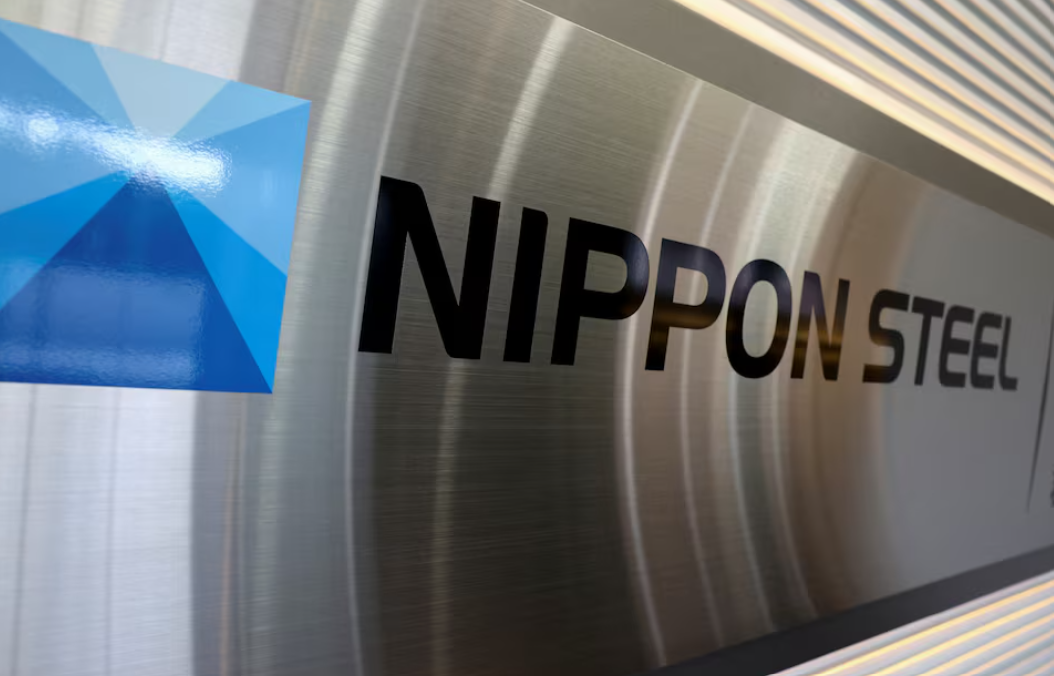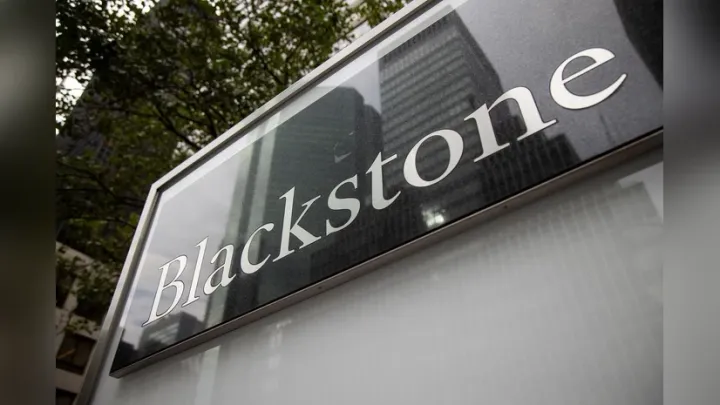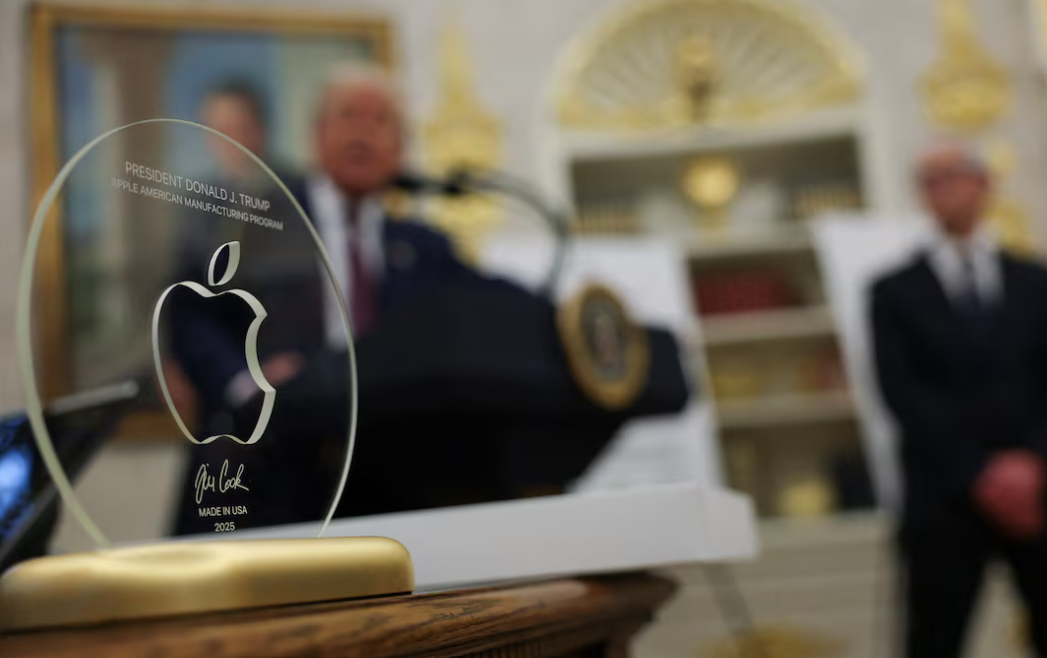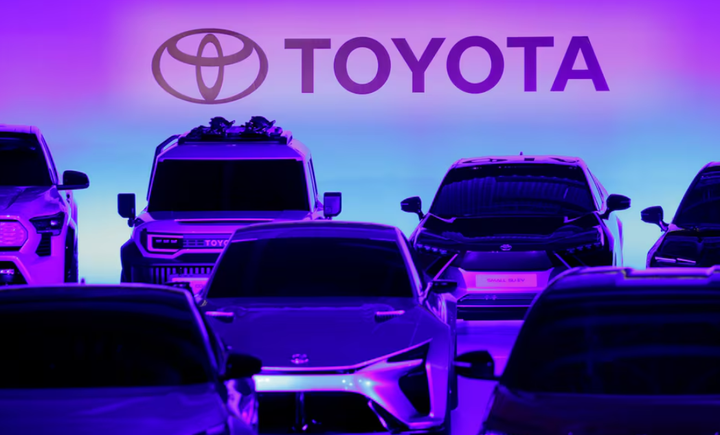Nippon Steel Reports Annual Loss Despite U.S. Steel Acquisition Expenses

Nippon Steel, Japan's biggest steel producer, has shockingly reduced its full-year financial outlook in a radical change from its previous estimate of a 200 billion yen profit to an annual loss of 40 billion yen ($266 million). The company said it made this downward adjustment primarily due to one-time charges relating to its recent acquisition of U.S. Steel that finalized on June 2025.
The $14.9 billion acquisition was finalized following 18 months of U.S. government regulatory and national security reviews. While viewed as a long-term strategic expansion play internationally, the acquisition has taken a significant short-term financial toll on Nippon Steel.
Impact of the Acquisition
Most of the loss—231.5 billion yen—is due to offloading Nippon Steel's 50% holding in AM/NS Calvert, a U.S. joint venture, to its partner ArcelorMittal. While this step was made to complete the U.S. Steel acquisition, it resulted in a huge accounting loss.
Despite this initial setback, Nippon Steel anticipates long-term benefits from U.S. Steel's integration. U.S. Steel will provide 80 billion yen in business profit in fiscal year 2025 and as much as 150 billion yen in FY2026, with growth also driven by the startup of the Big River 2 plant, Vice Chair Takahiro Mori said.
Mori estimated the American steelmaker's contribution would be as much as 250 billion yen per year by FY2028 due to improved productivity, the growth of high value-added products, and synergies from $11 billion of planned capital investment.
"We will transfer our cutting-edge steel technologies, including non-directional electromagnetic steel sheets, to U.S. Steel to stimulate progress in profitability," Mori said.
Quarterly Performance and Stock Split
Nippon Steel's net loss in the June 30 quarter was 195.8 billion yen, which was much broader than the analysts' estimated 25.7 billion yen loss. Last year, it made a net profit of 157.56 billion yen during the same quarter.
In its attempt to enhance shareholder value and accessibility, the corporation made a five-for-one stock split official, to go into effect October 1. This is usually done to enhance liquidity and affordability for retail investors to buy shares.
Credit Downgrade Adds Pressure
The cost burden of the U.S. Steel acquisition has not escaped notice. S&P Global Ratings cut Nippon Steel's credit rating to 'BBB' from 'BBB+', citing higher leverage and financial risk. The outlook is still negative, suggesting further downgrades are possible if the anticipated gains from the takeover fail to materialize soon enough.
In the future, Nippon Steel intends to prepare an action plan for U.S. Steel during this month, which will be included in its next midterm management plan. It is still convinced of utilizing the merger for competitiveness at the global level, even in the face of short-term setbacks.
FAQs
Why did Nippon Steel post a loss while acquiring U.S. Steel?
The loss is due to one-off charges, especially the 231.5 billion yen loss from selling its AM/NS Calvert interest to ArcelorMittal. These accounting losses are not indicative of continuing operating performance.
What is the long-term advantage of taking over U.S. Steel?
Nippon Steel is expecting U.S. Steel to add as much as 250 billion yen a year by FY2028, supported by high-value steel production, new plant operation, and the introduction of Japanese steelmaking technology.
How has the acquisition affected Nippon Steel's credit rating?
S&P lowered Nippon Steel to 'BBB' with a negative outlook due to fears of rising debt and financial strain following the sizeable acquisition contract.
Why is the stock split important?
The five-for-one stock split, which takes effect October 1, will make shares in Nippon Steel more accessible and encourage more market participation, particularly from smaller players.
Will Nippon Steel rebound financially in the near term?
Although FY2025 will be loss-making, Nippon Steel anticipates improved profitability from FY2026, notably as Big River 2 goes into operation and U.S. Steel gets more integrated into Nippon's business.
As Nippon Steel navigates the financial turbulence of its largest acquisition to date, its long-term strategy hinges on extracting maximum value from U.S. Steel and restoring investor confidence through innovation, efficiency, and global expansion.



